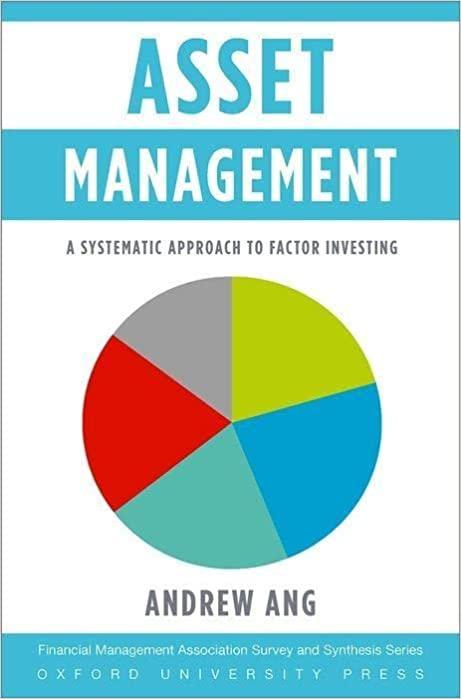Question
Case Study DoorDash is a technology company that connects consumers with their favourite local businesses in 27 countries across the globe. Founded in 2013, DoorDash
Case Study "DoorDash is a technology company that connects consumers with their favourite local businesses in 27 countries across the globe. Founded in 2013, DoorDash is building products and services to further local commerce, enabling merchants to thrive in the convenience economy, giving consumers access to more of their communities, and providing work that empowers them. With DoorDash, there is a neighbourhood of good in every order." (About | DoorDash, n.d.). DoorDash was launched in Melbourne, Australia in 2019. Since then, this food delivery platform has grown to cover about 80% of the Australian population and signed delivery agreements with Coles, IGA, Chemist Warehouse, and Petstock (DoorDash Eyes Further Growth in Australia, 2022). In addition to partnering with larger retail chains, it is attracting more specialty stores to join the DoorDash platform, such as florists, butchers, fishmongers, and grocers. Using this service (DoodDash app in iOS or Android, or website), customers can reach thousands of restaurants, grocery, convenience stores, and many more on-demand at any time. Delivering with DoorDash means earning money when and how you want. Business merchants can reach new customers, market the store, and grow their business by offering delivery, pickup, and direct online ordering with the service. However, DoorDash customers are currently facing some challenges: clients are not receiving the order after placing it, not having straightforward ordering, partial or full outage of the app, errors in validating cart or basket while placing an order, receiving cold food, stuck on confirming the order, etc. Dashers/drivers are also facing some issues as app outages, the app not mapping the address properly, cancelled orders, etc. The DoorDash company has been working hard to address the issues and challenges it is facing. In its most recent financial results, DoorDash reported a net loss of $US167 million ($240.9 million) which was larger than the $US110 million loss a year earlier (DoorDash Eyes Further Growth in Australia, 2022). In the 2022 Australian food delivery industry, UberEats was the leader with a 50-60% market share, whereas DoorDash had 25% and Menulog had a 20% market share (Yun, 2022). However, Deliveroo's (one of the competitors in the industry) departure from Australia in November 2022 can affect the growth of DoorDash. Improvement of customer and driver experience, reliability, and quality attributes in the DoorDash platform can positively assist to grow in the competition. Again, competitive advantage can be 2 | P a g e gained by matching the business processes with customer expectations through Artificial Intelligence (AI) and cutting-edge technologies. Consider, you are working as a Business Analyst (BA) at DoorDash, Australia and you have been assigned to this new improvement venture of the DoodDash platform. You will need to research the market, community, competitor platforms, innovations, and current technology trends to improve customer and driver experience. Payment services can be revisited to incorporate varied and all 21st -century payment options. The customer base also needs to be researched to identify the quality issues with the current version of the DoorDash platform. ------------------- - An introduction which will also serve as your statement of purpose for the report. This means that you will tell the reader what you are going to cover in your report. You will need to inform the reader of: o The key concepts you will be addressing, o What the reader can expect to find in the body of the report
The body of the report will need to cover two specific areas: A. Requirements Documentation - all items should contain unique identifier and priority (where applicable)
a) The project scope for the given case study
b) One (01) business requirement
c) Two (02) stakeholder or user requirement
d) Two (02) system requirement
e) Five (05) functional requirements as requirement catalogue (following the characteristics of 'good' requirement). Please document each functional requirement using the following template:
f) Five (05) non-functional requirements for the given case study (e.g., performance, usability, security, safety, availability perspectives). This also need to follow the characteristics of 'good' requirement.
g) Map out swim lane diagrams for one (01) key process, which will be supported by the system B. Requirements Life Cycle Management a) Describe five (05) knowledge areas/activities for the Requirements Lifecycle management: trace, maintain, prioritise, assess, and approve. b) Define a change control process for the given case study. Use the following template for this task:
c) A Requirements Traceability Matrix (RTM) to manage the requirements through each stage of the requirements lifecycle populated with the requirements identified in the first part of this assessment. You may use Excel for your Requirement Traceability Matrix. An example of RTM template can be like the following:
The conclusion will summarise any findings or recommendations that the report puts forward regarding the concepts covered in the report.
Step by Step Solution
There are 3 Steps involved in it
Step: 1

Get Instant Access to Expert-Tailored Solutions
See step-by-step solutions with expert insights and AI powered tools for academic success
Step: 2

Step: 3

Ace Your Homework with AI
Get the answers you need in no time with our AI-driven, step-by-step assistance
Get Started


